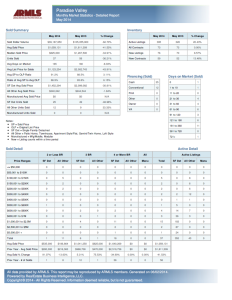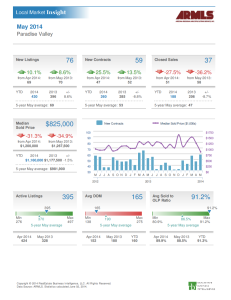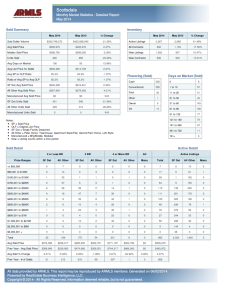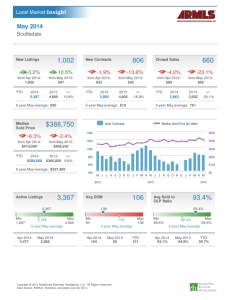 By Joe Szabo, Scottsdale Real Estate Team
Even as the share of all-cash sales falls in many areas, it’s pretty clear that cash is still king, especially at the lower end of the market. This makes it more difficult for traditional buyers to compete with cash offers, especially in a tight inventory environment. So who are these cash buyers, and where are they located? Here are answers to some of your questions.
By Joe Szabo, Scottsdale Real Estate Team
Even as the share of all-cash sales falls in many areas, it’s pretty clear that cash is still king, especially at the lower end of the market. This makes it more difficult for traditional buyers to compete with cash offers, especially in a tight inventory environment. So who are these cash buyers, and where are they located? Here are answers to some of your questions.
Everything You Need to Know About Cash Buyers By Joe Szabo, Scottsdale Real Estate Team
 By Joe Szabo, Scottsdale Real Estate Team
Even as the share of all-cash sales falls in many areas, it’s pretty clear that cash is still king, especially at the lower end of the market. This makes it more difficult for traditional buyers to compete with cash offers, especially in a tight inventory environment. So who are these cash buyers, and where are they located? Here are answers to some of your questions.
By Joe Szabo, Scottsdale Real Estate Team
Even as the share of all-cash sales falls in many areas, it’s pretty clear that cash is still king, especially at the lower end of the market. This makes it more difficult for traditional buyers to compete with cash offers, especially in a tight inventory environment. So who are these cash buyers, and where are they located? Here are answers to some of your questions.
















